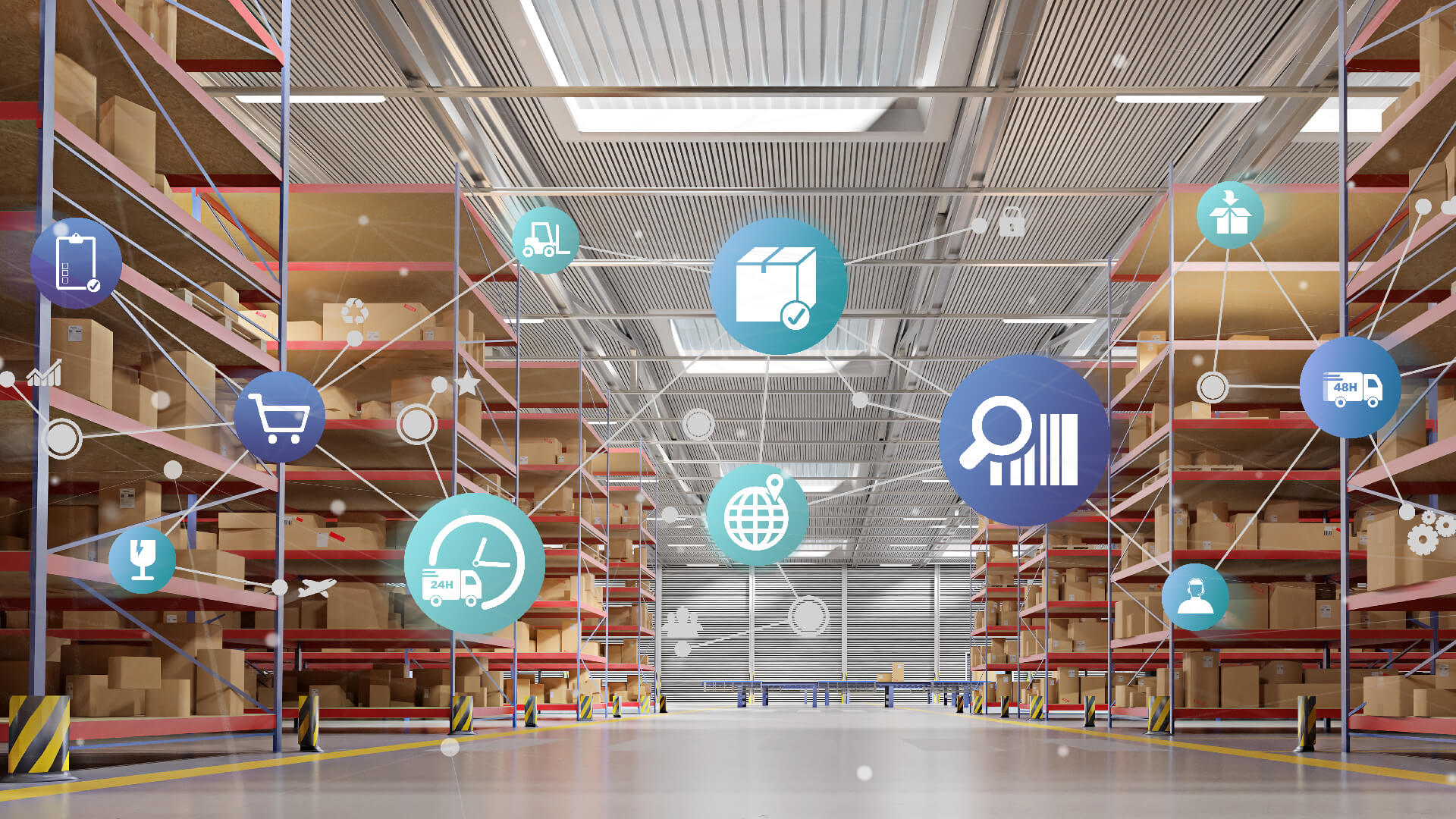REMIRA survey: How companies share their delivery information
The communication of all relevant information between companies and their suppliers is of central importance for successful supply chain management. But what does the exchange of supply information look like today? REMIRA asked this question about 150 purchasers from small and medium-sized companies as well as from large industrial and trading groups during the Conference Days of the HUSS publishing house.
Whereas a few years ago the exchange of data took place mainly in paper form or by telephone, today e-mail (57%) is the preferred means of communication. But electronic data exchange via EDI systems or other portals (37%) is also becoming increasingly important. And this is easy to understand: The systems ensure faster transactions because they create largely automated communication between companies. There is a standard format for document exchange that both sender and recipient can integrate, regardless of the ERP system used. In addition to the enormous time savings, there is another major advantage: the exchange of data is error-free and therefore much more secure than manual processing. This reduces the workload on employees. All data is available at all times, which simplifies the entire process control. In many cases, the accelerated and error-free order processing even improves the relationship between business partners.

The overwhelming majority have not connected all suppliers
In this context, the answers to the question of what percentage of their suppliers the participants have connected to their systems via EDI were also interesting. Most respondents have not connected all suppliers. The vast majority only connect a small percentage of their suppliers to their existing EDI infrastructure. But what is the reason for this? In the ensuing discussion, it became clear that implementing EDI involves a great deal of effort for both the customer and the supplier. Linking all systems that generate or process documents (e.g. ERP systems, warehouse management systems, production and financial software, etc.) is complex. The costs for this IT work can quickly explode. Smaller or mid-sized suppliers in particular shy away from this effort. They rely on simpler solutions to digitize the delivery process. As a result, many companies are unable to connect a large proportion of their suppliers to their EDI system.

Accordingly, there is currently great interest in ways to take advantage of EDI systems and integrate both suppliers with and without an EDI infrastructure. Software-as-a-Service (SaaS) solutions are particularly suitable for this purpose, as they can be implemented cost-effectively and without great effort. This gives users a detailed overview of all goods flows in their supply chain at all times. Just as with a classic EDI system, communication takes place via a common platform accessible via the Internet. The exchange is error-free, fast and enables automated order processing.
How to stay ahead of the competition
Staying one step ahead of the competition? Digitizing your supply chain makes it possible! In our video presentation "Supply Chain Collaboration: Advantages of a digital platform for all suppliers", you can find out, how it works:




